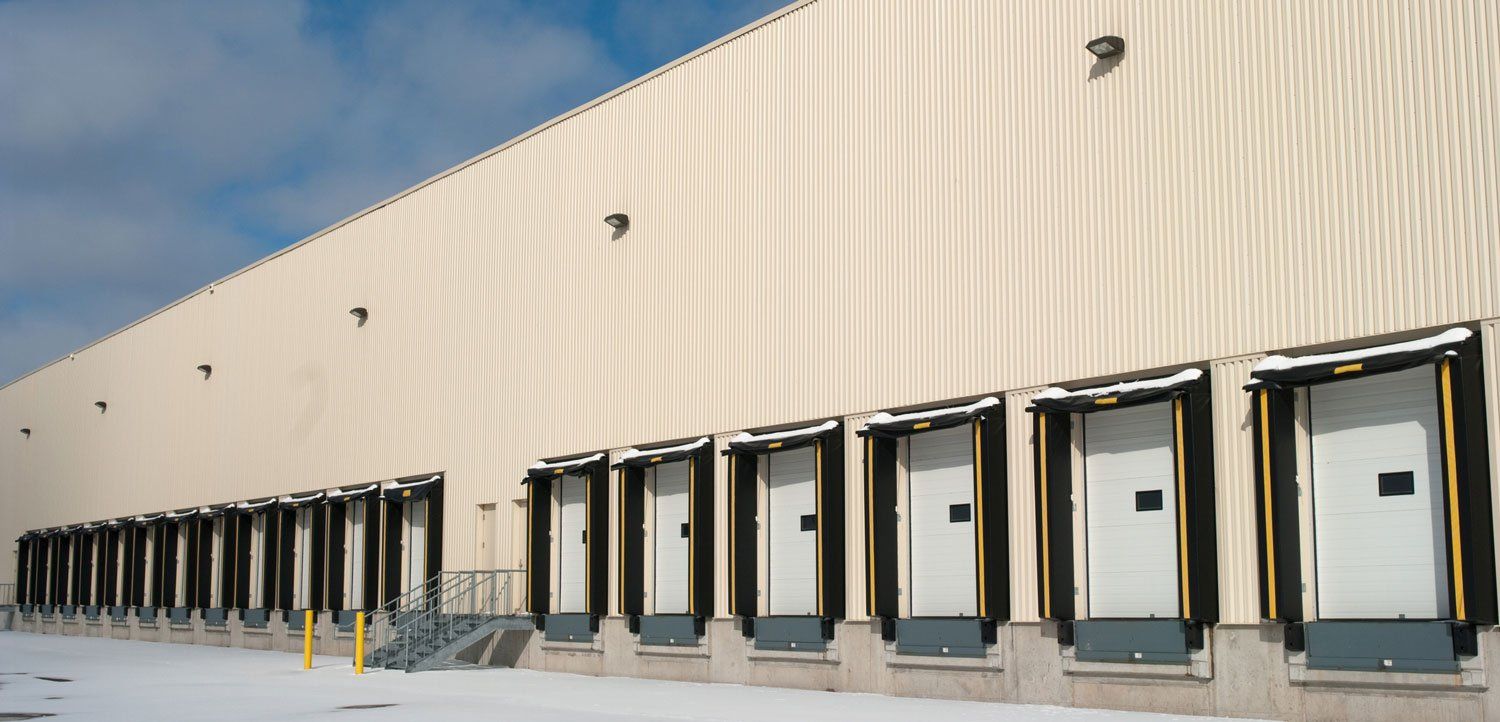Tips for Choosing the Right Garage Door Color
A garage offers various advantages, including secure vehicle storage and expanded living space. It influences property value and aesthetics. Choose a garage door color to reflect your home's interior and homeowner efficiency. Consider the following tips for a positive impression.
Consider Your Home's Color
Many homeowners choose a garage door color that complements the primary color of their home. Complementary colors are those that are opposite each other on the color wheel. This approach creates a harmonious and balanced look. For instance, if your home is painted in a warm color like beige or yellow, a garage door in a cool color like blue or gray can create a pleasing contrast.
Some homeowners prefer to match the garage door color to the trim or accent colors of their home. This creates a cohesive and unified appearance. A white garage door can tie everything together seamlessly if your home has white or off-white trim.
Use the Color Wheel
Before choosing a garage door color, take a look at your home's existing exterior colors. Identify the predominant color or colors used for the siding, trim, and other architectural elements.
Analogous colors are those that sit next to each other on the color wheel. Choosing an analogous color scheme can create a harmonious and subtle look. For example, if your home's siding is a shade of blue, consider a garage door color in the green or teal range, which is adjacent to blue on the color wheel.
Complementary colors are located directly across on the color wheel. Using complementary colors can create a strong contrast and make your garage door stand out. For instance, if your home has a red brick exterior, a green garage door would be complementary to the brick and create an eye-catching contrast.
Triadic colors are evenly spaced around the color wheel and provide a balanced and vibrant look. To use a triadic color scheme, choose three colors that are equidistant from each other on the color wheel. For example, if your home's siding is a pale yellow, you might consider a garage door in a shade of blue or red, creating a visually appealing triadic color scheme.
Consider Neutrals
Neutrals, such as whites, grays, beiges, and blacks, have a timeless and classic appeal. They tend to stay in style for years, making them a safe choice for your garage door color. This is particularly important if you plan to sell your home in the future, as neutral colors have broader appeal to potential buyers. Neutrals are incredibly versatile and can complement a wide variety of architectural styles and home exterior colors. Whether your home is traditional, modern, or somewhere in between, neutrals can harmonize with the existing color scheme.
Neutrals are less likely to show dirt, dust, and wear and tear than brighter or more vibrant colors. This can help keep your garage door looking clean and well-maintained with minimal effort.
Know Your Material
Here's how the material of your garage door affects your color selection:
- Metal garage doors can also be painted in almost any color, allowing for customization.
- Wooden garage doors are prized for their natural beauty. Many homeowners choose to showcase the wood's natural grain and color with a clear finish or a stain that enhances the wood's appearance
- Vinyl garage doors are available in both neutral and vibrant colors, offering flexibility in choosing a shade that complements your home's exterior.
Before making a final decision, obtaining samples or using digital visualization tools to see how different colors will look on your garage door is a good idea.
Contractors rely on high-quality building supplies for successful projects without exceeding budgets. Building a strong relationship with an experienced supplier like Mikro Corp . ensures access to quality materials for projects of any size. Our extensive inventory streamlines the sourcing process, avoiding unnecessary delays. Contact us now to get started.












